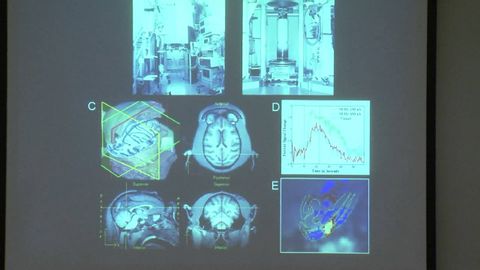
字幕と単語
動画の中の単語
sound
US /saʊnd/
・
UK /saʊnd/
- adj.理にかなった : 安心できる : 信頼できる;(眠りが)十分な : 深い;(土台が)しっかりした : 堅固な : 安定した;(心が)健康な : 健全な;妥当な : 穏当な
- n. (c./u.)(固有の特徴をもつ)音楽のスタイル : サウンド;(空気中 : 水中の)音波
- v.i.~のようである : ~だと思われる;鳴る : 音を出す
- v.t.発音する : 音を出す
A1 初級TOEIC
もっと見る call
US /kɔl/
・
UK /kɔ:l/
- n.要求;(動物の)鳴き声;予想;ちょっと訪れること;審判の判定
- v.t./i.(仕事などを引き受けるよう人に)命じる : 要求する;立ち寄る:訪問する;電話する;大声で呼ぶ : 大声で叫ぶ
- v.i.(動物の)鳴き声
- v.t.発表する : 知らせる;判定する;名づける;予想する
A1 初級
もっと見る エネルギーを使用
すべての単語を解除
発音・解説・フィルター機能を解除
